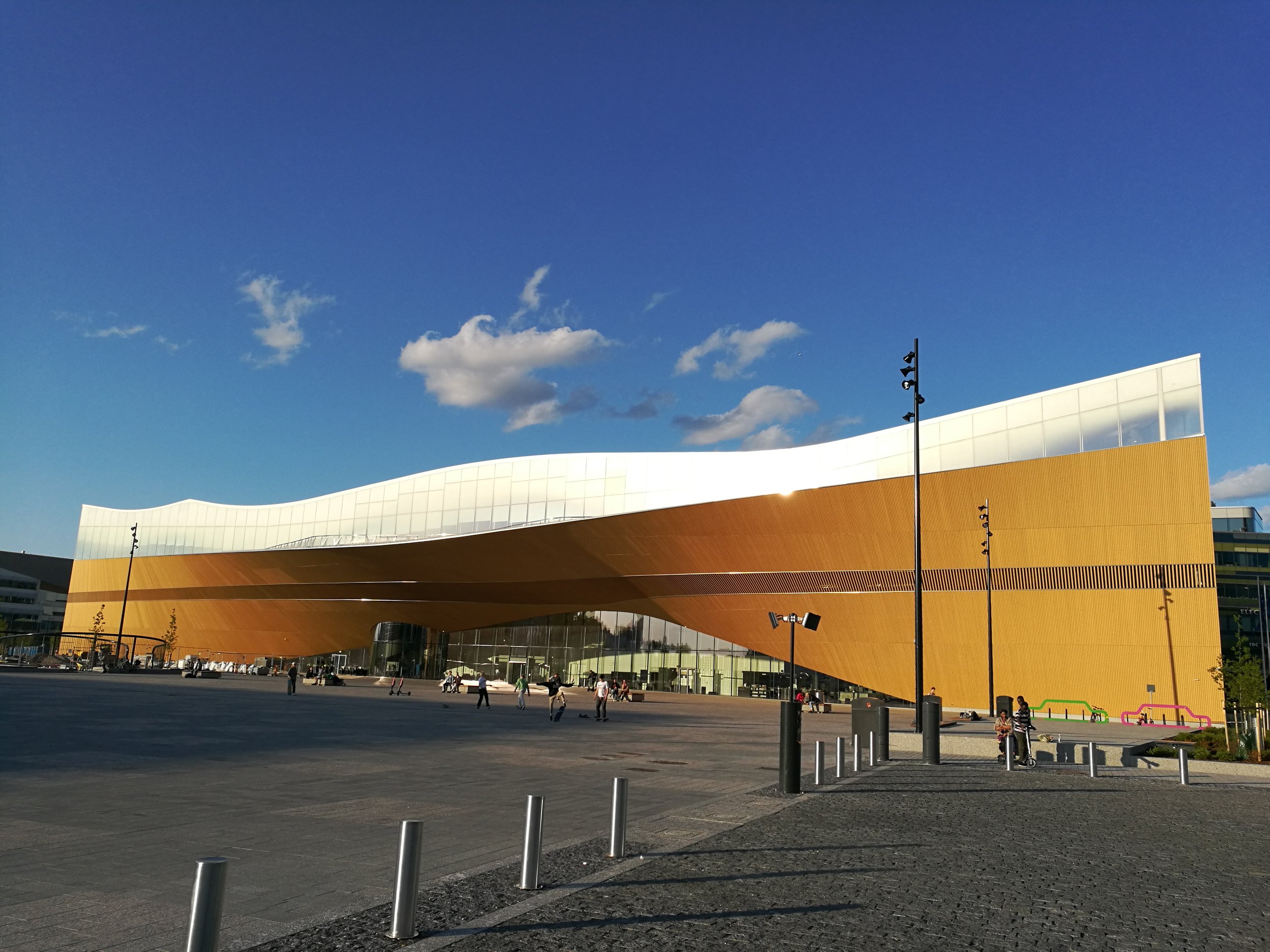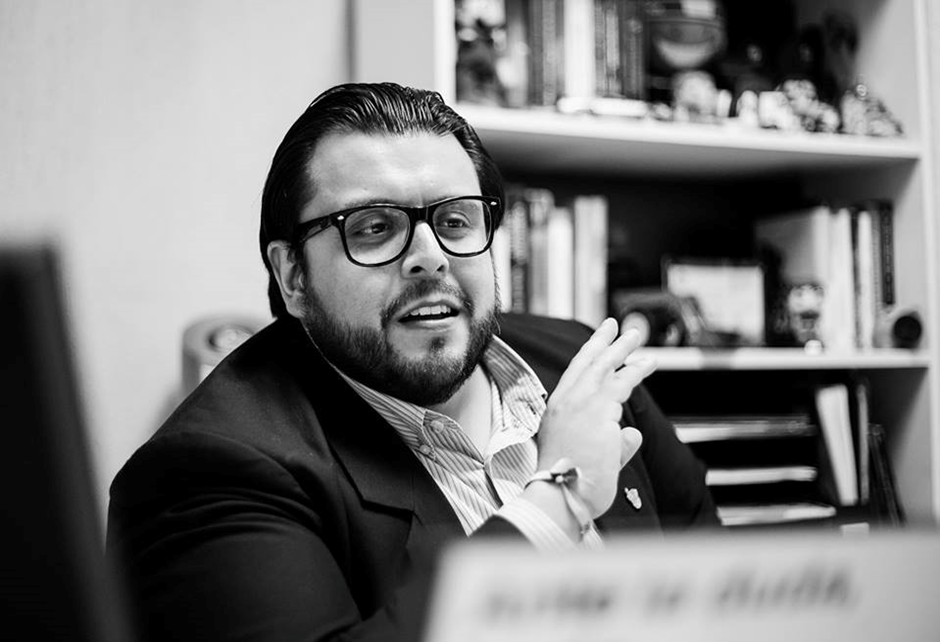There are four essential principles for redesigning education, according to the Center for American Progress (CAP).
Photo: Bigstock
A report from the Center for American Progress (CAP) highlights three schools and a district within the United States that are innovating their way of engaging and preparing their students. These schools are Noble High School in Maine; International high school at Langley Park in Maryland; the Institute of Science and Mathematics in Washington and the Hampton City Schools of Virginia. Each of these institutions works with small groups to better connect with students and support them and use learning based on the skills that students will need in the workforce.
Redesigning schools should lead the student to be a critical thinker; creative, be independent when it comes to learning so you can learn only for life and become a committed citizen. It should also help the student identify their interests and create a life plan for after high school and improve the local economy.
Noble High School (NHS)
This school aims to increase the acceptance of its students in universities using strict academics with student support. It is designed to combine small teams; use competency-based learning and flexible ways to create a collaborative, equitable and personalized environment.
NHS has several programs to support the student’s individual growth and his relationship with his teacher; one is Response to Intervention (RTI) that seeks to improve student-teacher communication and Building Active, Reducing Risk (BARR), which provides academic support, leadership and motivation.
These programs also allow teachers of different subjects to have access to the progress of each student; which opens a discussion about their performance and the best way to advise and communicate it to their parents. They also have weekly counseling to review their progress and set goals for the week and the school year. To graduate, NHS students must demonstrate that they have met their learning goals. To asses, they used the traditional American model of letters since, although atypical to competency-based education, it makes report cards and progress reports more accessible to parents.
International High School in Langley Park
This institution also uses a competency-based approach but adds project-based learning. It bases in four areas: content knowledge, critical thinking, social-emotional development, and language learning. His competency-based approach allows the student to choose the manner in which he will demonstrate his mastery of the classes; whether it’s an essay, a movie, a drawing or a PowerPoint presentation.
In addition to this, the school requires all of its students to take an advanced course at the end of their third year which presents a challenge to the competency-based and project-based approach. Teachers face this challenge by working together to improve their educational strategies and reflect on the progress of students.
Another thing that International High School at Langley Park does is connect the local community with the institution to create more extracurricular opportunities for students. This connection is designed not only to ensure student participation in after-school activities but also to address the needs of parents to provide a safe learning space for skills outside of school.
Institute of Sciences and Mathematics (SAMi)
As its name indicates, this institute focuses on STEM courses. Its objective of the institution is that its graduates are lifelong learners, empathetic, balanced and with critical thinking. This school is next to a zoo which allows students to participate in projects such as research through observation to optimize the environment of the animals.
In addition to this, they interact with experts in the field, including environmental scientists and zoologists inside and outside the classroom. This union seeks to take advantage of the members of the community to create a better learning environment.
To find their passion and base their life plan on it, the new students take exploratory classes from Monday to Thursday similar to university courses. On Fridays, students take courses in groups of 20 people where they work on identifying strategies to improve topics such as attendance; how to optimize learning and create a life plan that relates to their passion.
Schools in Hampton, Virginia
This district has the goal of revitalizing education in their community and students to prepare them for college and career. They work through academies that combine small groups with university preparation and curricula related to the area of interest of the student in association with local companies and universities.
The district divides the institutions into four areas: creative studies, business and information technology; public service; and technology and engineering. Teachers and counselors guide students to select the institution and professional path that best suits their interests.
By defining the academy and trajectory, students take courses that help them to focus more and more on their goal as graduation approaches. Also, students also gain experience through internships and job opportunities with local companies.
Students from 10 to 12 grade participate in independent projects and as a team with the community to build relationships with mentors and experts in their fields of study. Teachers also benefit as they gain workforce experience by engaging with the industry and going deeper into learning in the classroom as well as in the field. The key to success in this district is to identify business partners and industry leaders who want to support redesigning and improving public education systems.
Four things in common
It is clear that there is no single way to improve education but, generally, successful models have these four aspects in common; they focus on involving students in their learning experience and creating plans for the future with short and long-term goals.
They also emphasize preparation for college and the workplace through technical education and careers by offering dual enrollment opportunities; they provide a different school structure with small groups, competency-based education, project-based learning, and socio-emotional learning. Finally, it identifies the best way to track the progress of students and schools on the key goals and metrics in high school and beyond.
In order to redesign the schools to include these four aspects in a successful way, it is necessary to innovate through flexible policies; update the laws related to the accreditation, financing and graduation of secondary school students, create new models of evaluation and responsibility and request and support new initiatives to redesign schools through strategies such as pilot programs.
All so that students engage not only with their studies but with their personal goals and improve their learning by including practical projects with the community or experts in their topics of interest.
This article from Observatory of the Institute for the Future of Education may be shared under the terms of the license CC BY-NC-SA 4.0 
)
)












)
Rubí Román
Rubí Román
Rubí Román